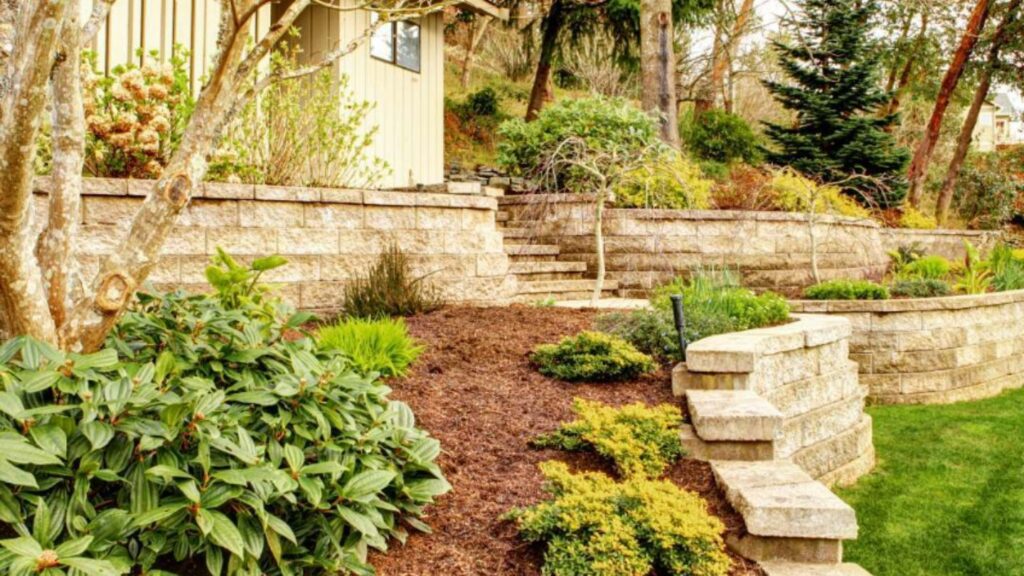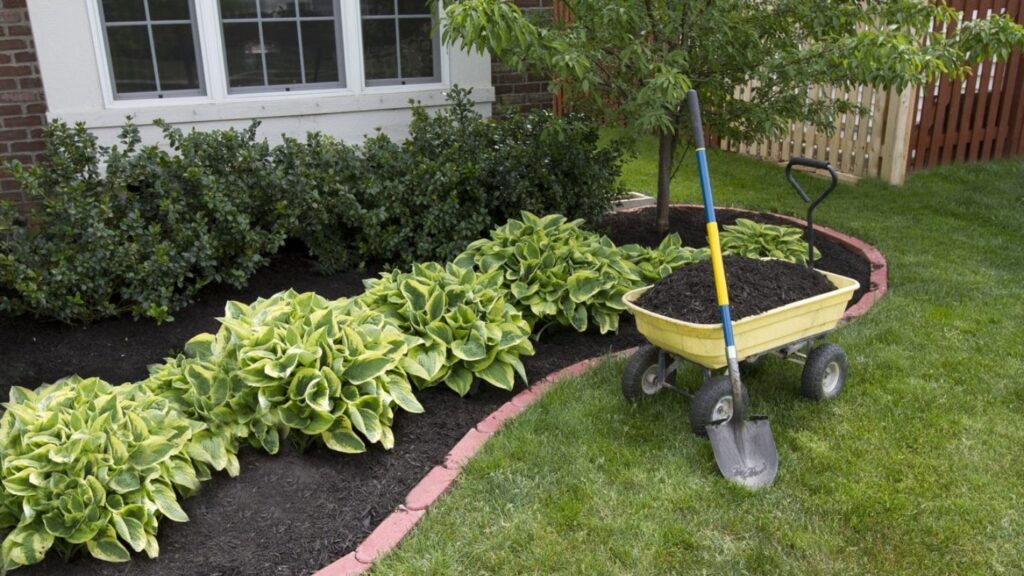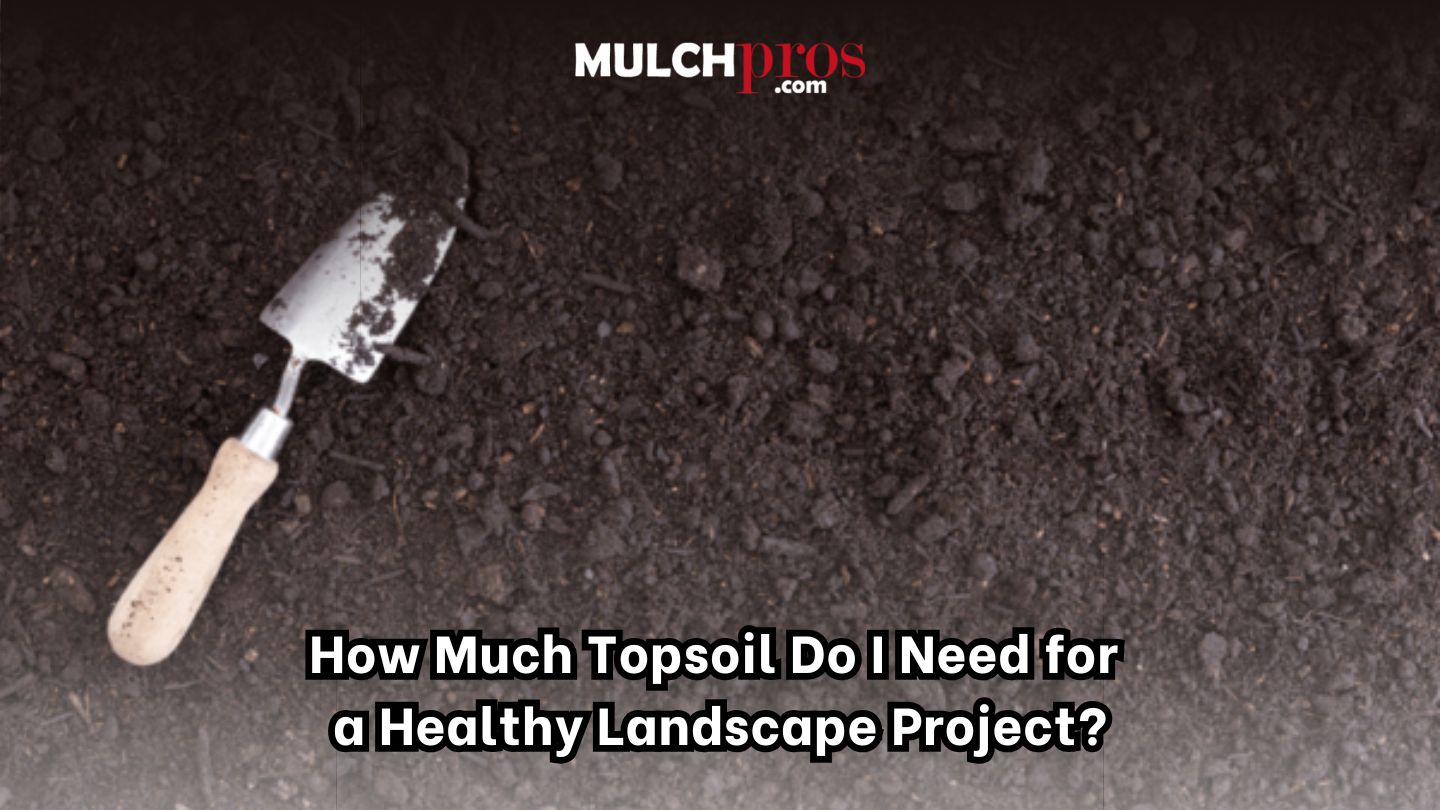When planning your gardening or landscaping project, determining the right amount of topsoil is crucial for ensuring healthy plant growth and achieving the desired look for your outdoor space. This quick and easy guide will help you accurately calculate how much topsoil you’ll need, saving you time and money while helping you create a thriving garden or landscape. Whether you’re starting a new project or refreshing an existing one, understanding your topsoil requirements is the first step to success.
Key Takeaways
- Accurate Measurements: Measure garden dimensions and desired soil depth accurately to calculate the needed topsoil volume, optimizing plant growth support.
- Volume Calculation: Use a topsoil calculator to simplify volume estimation and avoid waste, ensuring the correct amount is ordered and applied.
- Conversions: Understanding conversion factors from cubic feet to cubic yards and tons is crucial for precise ordering and avoiding excess or shortage.
- Application Tips: For effective soil enrichment, mix 70% topsoil with 30% organic compost and apply during dry weather for optimal results.
Understanding Topsoil Requirements
Topsoil is essential for your garden’s health, teeming with organic matter and nutrients crucial for plant survival. Proper coverage improves soil condition and supports plant development. Calculate the needed amount using a cubic yard calculator to ensure efficiency and avoid waste. Quality matters as much as quantity; understanding both ensures a strong foundation for a thriving garden.
Measuring Your Garden Area

To determine how much topsoil you need, first accurately measure the dimensions of your garden space. Obtain the length and width, as well as decide on the depth of soil that is desired for creating a suitable topsoil layer. For gardens with clear-cut edges, this task is quite simple: just take measurements for both length and width and then multiply these figures to find out your area’s size. If dealing with a garden shape that isn’t uniform, divide it into smaller quadrilaterals or rectangles to calculate their areas individually at their broadest points before adding them together.
After obtaining these spatial measurements from your garden area, use them to calculate the volume of soil required by multiplying the total measured surface (length times width) by whatever depth has been chosen — this will give you an estimate in cubic units such as inches or feet. To ease this process, utilize a calculator specifically designed for calculating volumes of topsoil, which can deliver precise calculations based on your inputted data regarding measures and intended thickness for soil layers, ensuring you accurately determine the soil needed.
Calculating Soil Volume
To determine how much topsoil is required, you must first calculate soil volume. Begin by measuring your garden area’s length, width, and desired depth in inches. Then, multiply these three figures together to obtain the volume in cubic inches. To convert this figure into cubic feet, divide it by 1,728 – providing a clearer picture of how much soil will be needed for your project.
In situations where larger quantities are necessary, knowing the conversion from cubic feet to cubic yards is essential since one cubic yard equals 27 cubic feet (being 3 feet wide by 3 feet long by 3 feet deep). When converting total soil volume from square foot measurements to yards – imperative when purchasing topsoil as it’s typically sold per yard – simply divide your previous result by that same number: twenty-seven.
When calculating for multiple distinct sections within your garden space, add their volumes together, resulting in an aggregate sum representing the entire amount of soil required. It’s advisable to round up these results to ensure no shortfall occurs when enough layers are applied over each designated site with adequate coverage. Securing sufficient depths across all areas involved, without exception.
Estimating Topsoil in Tons
After determining the volume of topsoil needed for your project, you’ll want to convert this into tons, especially when dealing with large-scale deliveries of bulk topsoil. To calculate the necessary tonnage, take the density of soil (which may vary) and multiply it by your previously calculated volume in cubic yards. Always confirm the specific density with your soil supplier.
Alternatively, if you’re working with loose topsoil measurements in cubic meters, dividing by 0.67 will give you an approximation in tons. If dealing directly with cubic yards, divide that figure by 21.6 for conversion to tons.
Grasping these conversion factors is crucial for accurately calculating the total weight of topsoil required for completion of your endeavor—this knowledge ensures precise ordering quantities and avoids potential excess or shortage scenarios regarding material supply needs. Additionally, it is important to estimate topsoil accurately to ensure you have the right amount for your gardening or landscaping project, as this supports plant health due to its rich organic content.
Practical Tips for Topsoil Application

Accurately calculating and applying topsoil is crucial. A mix of 70% topsoil and 30% organic compost is recommended for soil rejuvenation. Adding mulch can enhance nutrient retention. Understanding topsoil cover helps you apply the right amount based on area and depth. Following these guidelines ensures successful garden enrichment.
Preparing the Ground
Clear roots, rocks, and debris before adding topsoil to create a suitable environment. Use a power rake or aerator to improve topsoil integration with existing soil, promoting healthy plant growth.
Read more: Garden Soil vs. Topsoil—Unveiling the Differences
Spreading and Leveling Topsoil
Distribute topsoil evenly to support uniform plant growth. Use a shovel for controlled dispersal and a rake to smooth the layer. In raised beds, ensure consistent filling for a reliable base. For larger areas, a lawn roller can help compact and level the surface. Take your time to achieve a smooth, even layer.
Conclusion
Accurately determining how much topsoil you need is vital for a successful gardening or landscaping project. By measuring your garden’s dimensions, calculating the required soil volume, and converting it into appropriate units, you can ensure you have the correct amount of topsoil. Remember to prepare the ground, apply the soil evenly, and incorporate organic matter for optimal growth. With careful planning and execution, your garden will thrive, providing a lush and vibrant outdoor space year-round.
For all your landscaping needs, trust Mulch Pros Landscape Supply for quality topsoil in Cumming, GA. With our expert guidance and premium products, you can transform your garden into a thriving oasis. Whether you’re looking to enhance your garden beds or need a specific soil blend, we are here to assist. Contact us to explore our range of products and services, and let us help you create a beautiful green space that flourishes year-round.


